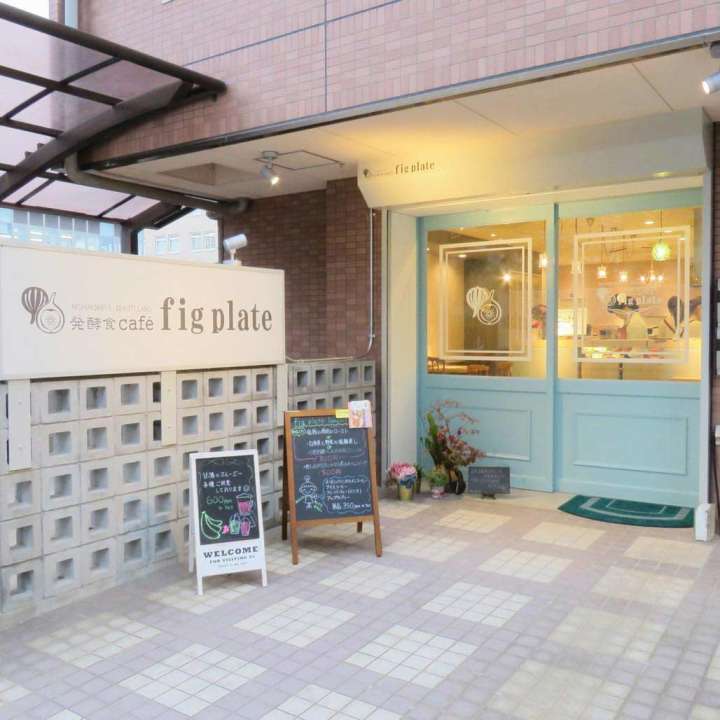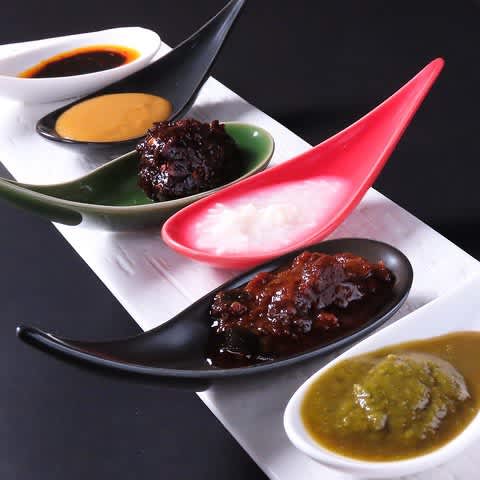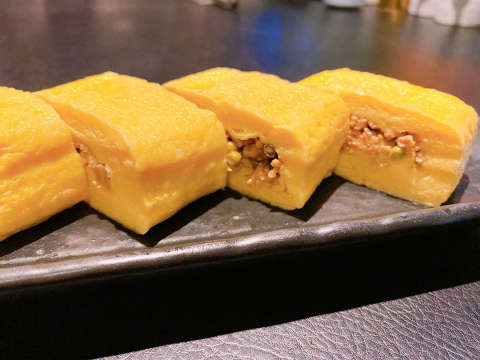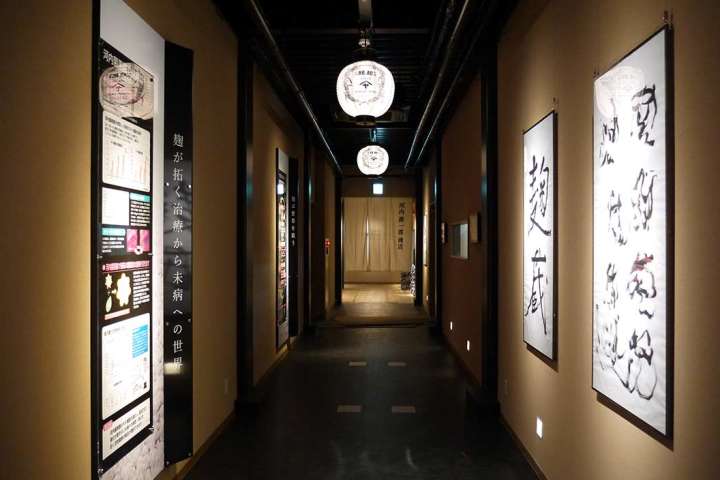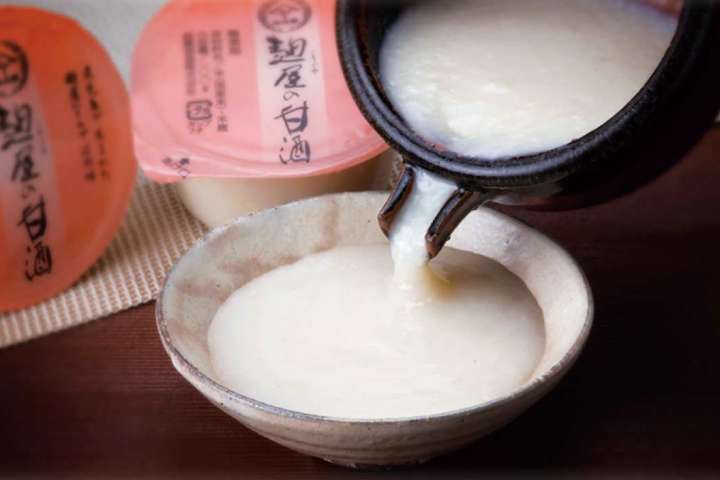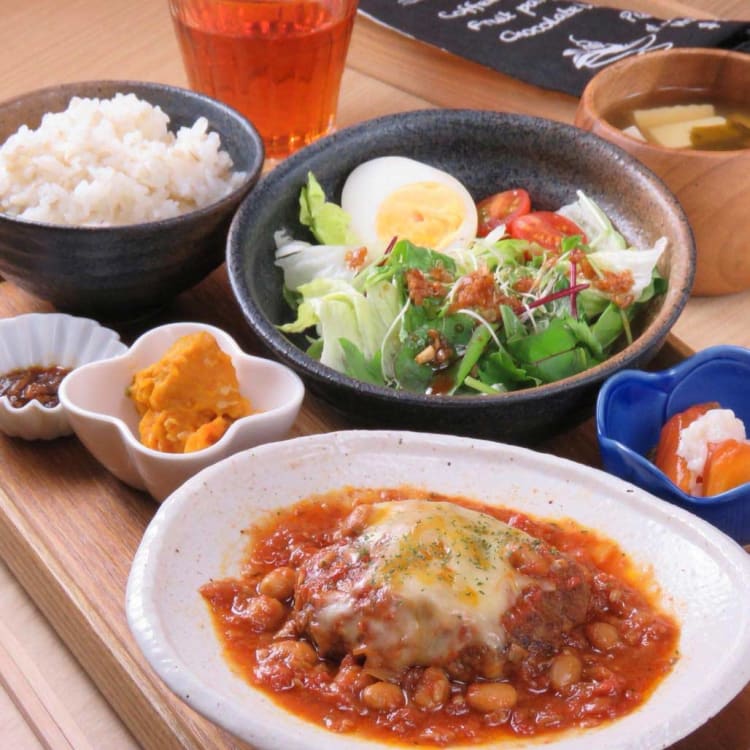
Story Glow from within with flavourful fermented foods by JNTO on 30 June 2020
From soya sauce to miso paste and Japanese rice wine (commonly known as “sake”, but is actually “Nihonshu” in Japanese), fermented foods have been an indispensable part of the Japanese diet for centuries. Not only do they impart a delectable umami flavour – which translates to a "pleasant savoury taste" – on the tongue, foods that are fermented have been in the limelight for their health and beautifying properties in recent years.
The most important ingredient for fermentation is koji, a mold used to saccharify starches like rice or grains to make alcoholic drinks (“sake”) like Nihonshu and shochu, as well as to make miso paste and soy sauce. The process releases a variety of fatty acids and amino acids including glutamate which produces the umami flavour. It also releases enzymes that are beneficial to our intestinal microbial flora – they aid digestion and build up our immune system. Among other things, koji also contains glycosylceramide, vitamin B2, and cysteine which are known to be beneficial for healthy skin, hair, and nails.
As rice is typically used to grow the koji, it is called kome-koji (rice malt), and a fairly recent development is the shio-koji in which salt is added, resulting in a condiment with a richer umami. In recent years, with the health benefits of koji widely established, it has been used to ferment and flavour a wider variety of foods, from Japanese to Western cuisine.
Sake kasu, or sake lees, is also thought to have potential health benefits because of its high levels of protein and vitamins, since it is a byproduct of the sake-making process after the sake has been pressed out of the mash. Common in Japanese households and restaurants, it is used to flavour a wide variety of food, from soups to fish and even desserts, thanks to its slightly fruity fragrance.
A good example of something made with either koji or sake kasu is amazake – a traditional milky-coloured rice beverage that is purported to make your hair and skin more beautiful, and boost your immune system. With the popularity of “enzyme diets” booming, you can find restaurants across Japan serving dishes or even entire courses prepared with koji.
You can sample a variety of fermented dishes at Cafe Fig Plate, a casual restaurant in Hyogo Prefecture’s Nishinomiya City that specialises in healthy meal sets, with a choice of mains that include shio-koji chicken, amazake beef stroganoff, and tofu lasagna. The sets, whereby each come with appetisers and brown rice amazake ice cream as well as a 2-hour all-you-can-eat-and-drink buffet, cost 3,600 yen individually (reservation must be made at least 2 days in advance). They also serve a lunch set at 1,500 yen which includes a choice of fermented main dish, salad, side dishes, and a drink.

